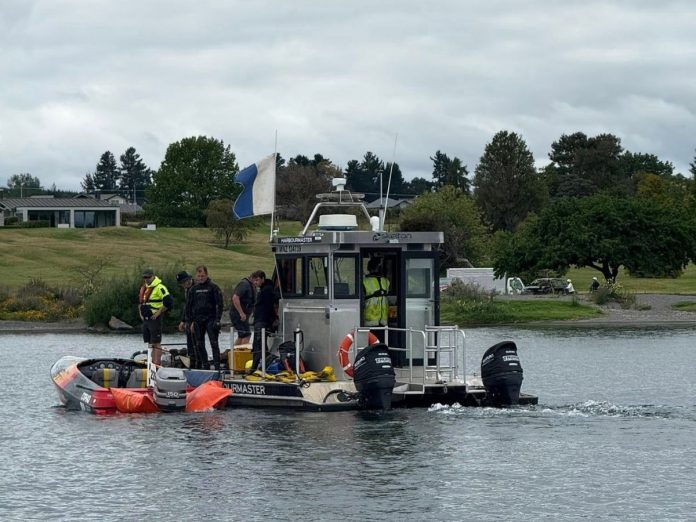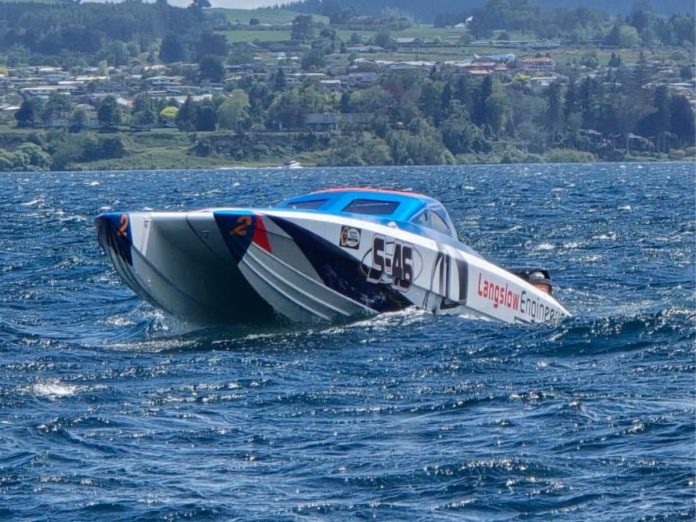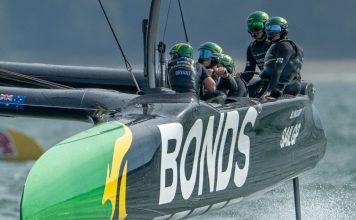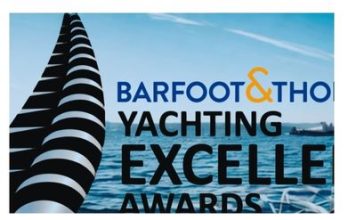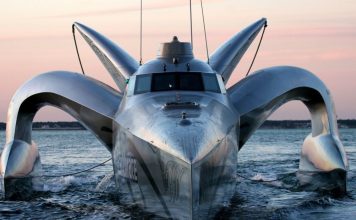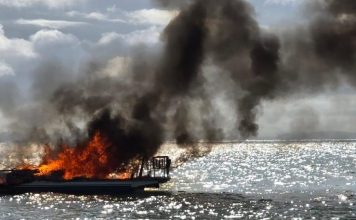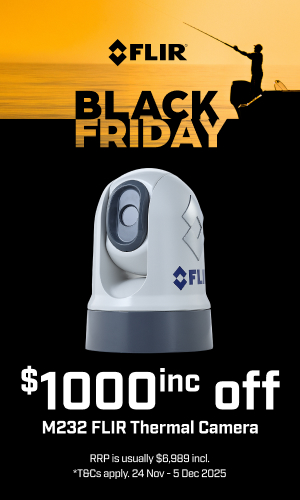Outboard manufacturers make engine/gearbox configurations for the ‘most common’ applications, but these seldom give racing craft optimum performance. Gearing is one method manufacturers use to manage how engine power is applied through the water. In simple terms a 1.87:1 ratio gearbox means it will take 1.87 revolutions of the engine’s driveshaft to rotate the propeller through one full revolution. Typically, as horsepower increases, so does the gear ratio (lower numeric number), which leads to fewer revolutions of the same propeller. Frustratingly for users looking to shift between gear ratios, in most instances gearboxes look identical from the outside – the only way to tell different ratios apart is to turn the prop-shaft through one full rotation whilst closely monitoring how many rotations the driveshaft makes.
Three main factors play into selecting gear ratios for performance craft: engine horsepower/torque, boat weight, and propeller selection.

As engine torque increases it may be possible to gear lower, taking advantage of the extra torque to spin a lower-pitched propeller just as effectively. This opens up a suite of available propellers. Engines with less torque, on the other hand, may require higher gearing to allow them to drive the propeller through the water effectively at wide open throttle. However, higher-pitched propellers are harder to come by and often less efficient except at maximum rpm.
Understandably, total boat weight can play a role in gear ratio selection, along with the type of racing you are undertaking. Circuit racers quickly understand that embracing engine torque and converting it to propeller grab increases average speeds through corners – and the boat’s acceleration out of them. This contrasts with long course racers who have a limited number of corners/turns and are more focussed on lifting their maximum speed on the straights. For them, a larger propeller on a smaller gear could yield more speed.

With a lighter boat, you may be able to drop down to smaller gear ratio, as there is less weight for the torque of the engine to move around, whereas a heavier boat may require a higher gear ratio to convert lower engine torque (in relation to boat mass) into performance.

Today’s modern four-stroke outboards complicate the issue further because some utilise an offset driveshaft allowing for gear reduction between the crankshaft and the driveshaft, which then can accommodate a larger final gear ratio, which in turn allows you to run a larger propeller. This deviates from the usual arrangement where the crankshaft is directly in line with driveshaft with just one gear reduction/change where the driveshaft and propshaft meet inside the gearcase.
Ultimately, as with all aspects of rigging a boat for performance, a good starting platform is mandatory. From there, figuring out what is right or wrong for your rig can only be learned through trial and error – and many hours spent on the water testing various setups.
Photography by Selena Mcdermott, and Supplied












